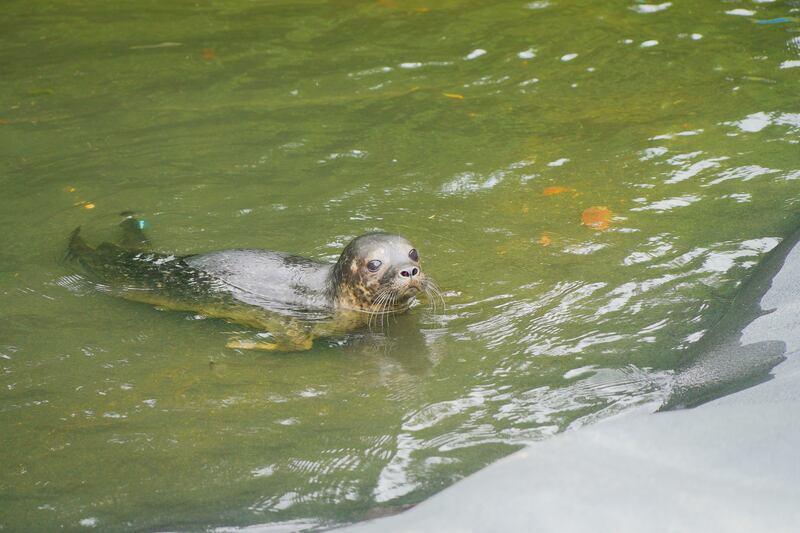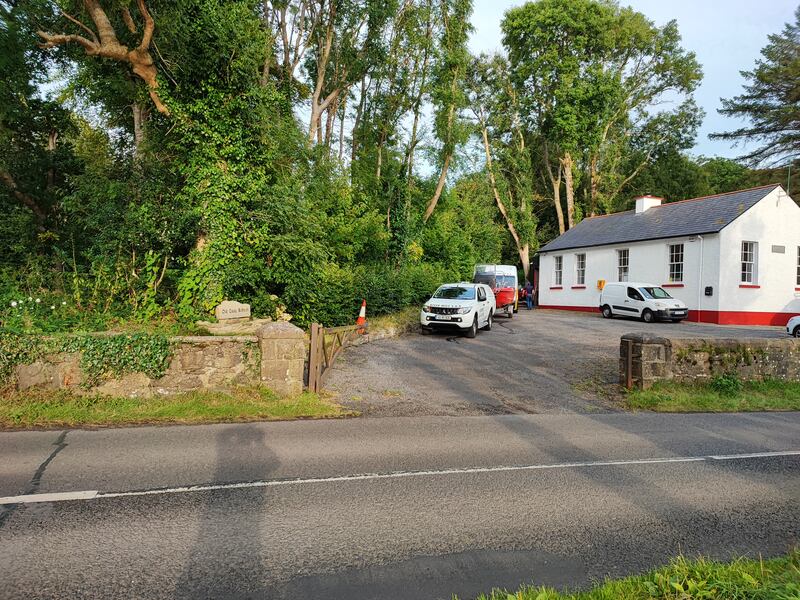Hunter turned conservationist is anything but bog standard
Rehabilitated bogs are mystical places to visit. As drains from former industrial bogs are dammed up, these vast tracts of land can begin to return to their natural state and attract all kinds of insects, plants and birds to set up home there.
Pat Dunning is a founder member of the Ballydangan Red Grouse Project in Co Roscommon. He grew up on the edge of the bog and continues to live close by. He describes it as “one of the last bits of true wilderness” in Ireland.
“Although I used to shoot red grouse when the bog was a pristine habitat, over time I began to notice the birds were in decline – and the young birds were being drowned in ditches – and that we needed to save them,” he explains.
READ MORE
So, about 12 years ago, the local community got a licensed agreement with Bord na Móna to return 2,500 acres of bog to its natural state. “Three and a half thousand dams were put in and the bog has since risen up to its original height,” explains Dunning.
Initially a precious site for curlews, Ballydangan Bog has since become important for red grouse too.
Workers on a community employment scheme keep the heather at different heights – long enough for the birds to roost and nest in, and short enough for them to eat. The group liaises with local farmers whose land surrounds the bog. They have also constructed a hide where you can observe nature without disturbing it.
While people are discouraged from visiting during the spring breeding season, school and college groups are brought to observe the different bird species on the bog. Grants from the Heritage Council have allowed the group to publicise the project and host heritage open days.
“You can see merlin, hen harriers and sparrowhawks and then among the waders, there are golden plover, lapwing, snipe, woodcock and curlews,” explains Dunning.
If you’re lucky, you might also spot long-eared and short-eared owls and the occasional barn owl. ballydanganbog.com

Sealing a future for our native seals
Spotting grey seals around the coast of Ireland can be an exhilarating experience. Significant numbers live near rocky shorelines on the west coast of Ireland but they can also be seen along the east and south coasts and many live in Dublin Bay and along the Wicklow coastline.
“You can get a great view of grey seals on Bride’s Head beach from the cliff walk just south of Wicklow town,” explains Melanie Croce, executive director of Seal Rescue Ireland. “Grey seals breed between September and December and the beach itself is closed off to the public during that time as it’s important not to disturb them but you can see them easily from the cliff walk.”
There are about 10,000 grey seals around Ireland. Lambay Island in north Co Dublin, Inishbofin and Inishshark in Co Galway, the Saltee Islands off Co Wexford and the Blasket Island off Co Kerry are all special areas of conservation for grey seals.
Common or harbour seals are less abundant than grey seals, with about 2,000 mainly found in estuaries or sandy banks around the Irish coastline. Lambay Island, Glengarriff harbour in Co Cork, Donegal Bay and Killala and Clew Bay in Co Mayo are special areas of conservation for these mammals.
When people or dogs get too close to seals that are stranded on land, the seals become very stressed, which can lead to them abandoning their young. Grey seals are more agile and curious when in the water so they are best observed while in the water from land. You should never swim close to them.
“Many grey seal pups are orphaned or die due to disturbance,” says Croce, who also discourages ferries from getting too close to the seals when bringing passengers to offshore islands.
Seal Rescue Ireland in Courtown Harbour, Co Wexford is the only seal rescue centre in Ireland. In 2020, the centre rescued about 170 distressed seals.
In 2021, there were 115 rescues. Over 800 trained volunteers around Ireland help rescue and bring the injured or ill seals to the centre where they are looked after until they are strong enough to be put back into the water.
The summer months are when common seal pups are mostly likely to be found in distress and by the autumn, they are strong enough to swim again. From then on, it is the grey seal pups, which are born from September to December, that may need help.
Members of the public can book a visit to Seal Rescue Ireland to see the seals as they are rehabilitated for their return to the wild. These take place daily in the summer months and from Friday to Sunday during the rest of the year. Corporate volunteer groups also help with maintenance at the centre during the week.
A community heritage grant from the Heritage Council has allowed Seal Rescue Ireland to plan improvements to its visitor centre. “We want to make it more engaging and inspiring for visitors,” says Croce. Once the work is done, the €6,000 grant will be handed over to the centre as it prepares for its 2023 season. sealrescueireland.org

Meet Ireland’s Batwoman
Susan Kirwan became passionate about bats around 15 years ago when she suffered from insomnia. At night she would sit outside her house observing the bats as her children slept. Then she bought a bat detector and began monitoring the different species in her area, mainly soprano and pipistrelle bats. Soon people began bringing injured bats to her and in 2020, she set up Bat Rehabilitation Ireland.
“I explain to people their ecological importance and how they have a huge value for insect control,” says Kirwan. “Each bat weighs five to six grams yet each one can eat up to 3,000 midges, mosquitoes and other insects each night.”
A Community Grant from the Heritage Council in 2021 allowed her to build a so-called bat flight where she can observe injured bats recover before releasing them back into the wild. The bat flight is a large wooden structure covered with fine mesh that keeps the bats inside yet allows insects in for the bats to feed on. Bat boxes are installed inside for the bats to roost in at night.
“I can see that they can fly, forage for insects and use their echo location in the bat flight,” explains Kirwan, who has taken in about 1,000 injured bats since 2020. Kirwan has been allocated another grant for 2022 which will allow her to buy a thermal imaging camera to observe entry points in bat roosting sites from where bat pups sometimes escape.
She has a team of volunteers who transport the bats to her bat hospital in Co Limerick, where she nurses them back to health. Bats are a protected species in Ireland and it is an offence to disturb or interfere with them without a license. @bat_rehabilitation_ireland
Giving the Whorl snail a fighting chance

The primary purpose of the River Moy Search and Rescue group is to search for and recover victims of drowning. When not engaged in this traumatic work, the members help out with marshalling at water sports events and get involved in activities to protect the marine environment.
In 2021, the group noted that a stream running near their headquarters in Ballina, County Mayo, was a tufa habitat for rare moths and snails.
“The Vertigo Angustior snail was found in the Moy estuary by ecologist Robert Warren in 1870 and we have now commissioned a study to search for different types of the Whorl snail in 11 different streams in the Moy Estuary and the Killala Bay Special Area of Conservation,” explains Vincent Lang, founder member of the group.
The Heritage Council and the National Parks and Wildlife Service are funding this field study by ecologists. “These snails are endangered and if they disappear, we lose part of our food chain. If we find them here, they will be protected into the future,” says Lang.












